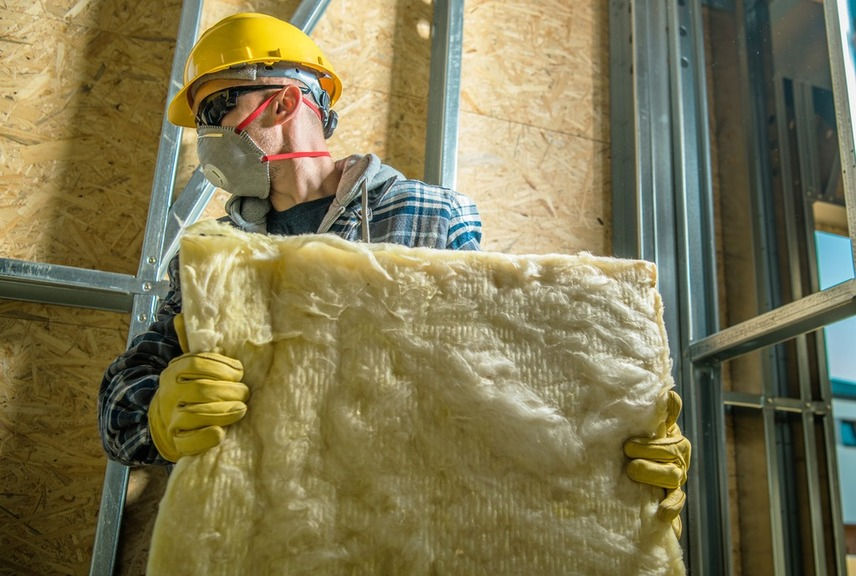
Cavity Wall Insulation

Cavity Wall Insulation
Cavity wall insulation for your home
Is your home cold because it’s losing heat through the walls? Cavity wall insulation is one of the most common and effective ways to remedy that problem.
Most homes built between the 1920s and 1990s have a gap between the inner and outer walls, so filling it with insulation prevents heat from escaping, leading to a warmer, more comfortable environment and significant savings on your energy bills.




Cavity wall insulation explained
Save on your energy bills.
Lower your carbon footprint.
Get a government grant to help cover the cost
How does cavity wall insulation work?
Insulating your cavity walls is a straightforward process that provides a range of immediate and long-term benefits.
✔ Lower Energy Bills: By stopping heat from escaping through your walls, you'll reduce the amount of energy needed to heat your home, resulting in lower heating costs. A detached house could save around £500 a year.
✔ Improved Comfort: It creates a consistent temperature throughout your home, eliminating cold spots and draughts.
✔ Environmental Impact: Reducing your energy consumption helps to lower your home's carbon footprint.
✔ Quick Installation: The process is typically quick and non-disruptive, often taking just a few hours for a professional to complete.
✔ Increases Property Value: An insulated home is more energy-efficient, which can improve its Energy Performance Certificate (EPC) rating and increase its market value by as much as 14%.
.jpg)
What does cavity wall insulation look like and where does it fit in your house?
Cavity wall insulation is usually made from a material or tiny beads.
You don't need extra room inside your home for cavity wall insulation because it fits between your walls. Small holes are made in the outside wall and the insulation is blown in to fill the space. The holes are then filled, so you won't even notice them.
.jpg)
How it works
Cavity wall insulation involves injecting a suitable insulating material into the gap between your home’s inner and outer walls. This creates a thermal barrier that prevents heat from escaping. Small, evenly spaced holes are drilled into the external wall, and materials like mineral wool, beads, or foam are blown in. The holes are then sealed, leaving no visible trace.
Calendar isn’t available yet
You’ll see a calendar here with available times once a service is added to it.
How It Fits in Your Home
This solution is suitable for most homes with cavity walls. Before installation, a professional survey is conducted to ensure your walls are dry and in good condition
Materials: Common materials include mineral wool, polystyrene beads, or spray foam, each offering different benefits in terms of cost and performance.
Installation: The process is entirely external and does not require any work inside your home. It’s a clean and efficient way to insulate your walls without disruption.
.jpg)
AMENITIES | ECONOMY | STANDARD | DELUXE |
|---|---|---|---|
24-hour front desk | |||
Free WiFi | |||
Parking | |||
Breakfast | |||
Pool | |||
Gym |
How can I make installing cavity wall insulation more cost-efficient?
Cavity wall insulation is a great way to save money. It works even better when paired with other energy-efficient solutions.


I have future proofed our family home and it has paid for itself in under two years.
Darren, 35, York
Our Solutions
Are you looking for the perfect home energy solution, complete with excellent customer support?
YorEnergy’s efficient all in one approach makes it easy to upgrade your home's energy efficiency via multiple solutions including solar panels, doors and windows, and paired solutions for even better benefits.
FAQ's
Title
Case Studies
Our case studies are real-life scenarios of York residents who have recently installed energy-efficient solutions in their homes. They have since become our Community Energy Champions, and you will be able to connect with them if you decide to use YorEnergy on your own journey towards energy efficiency!

.png)














